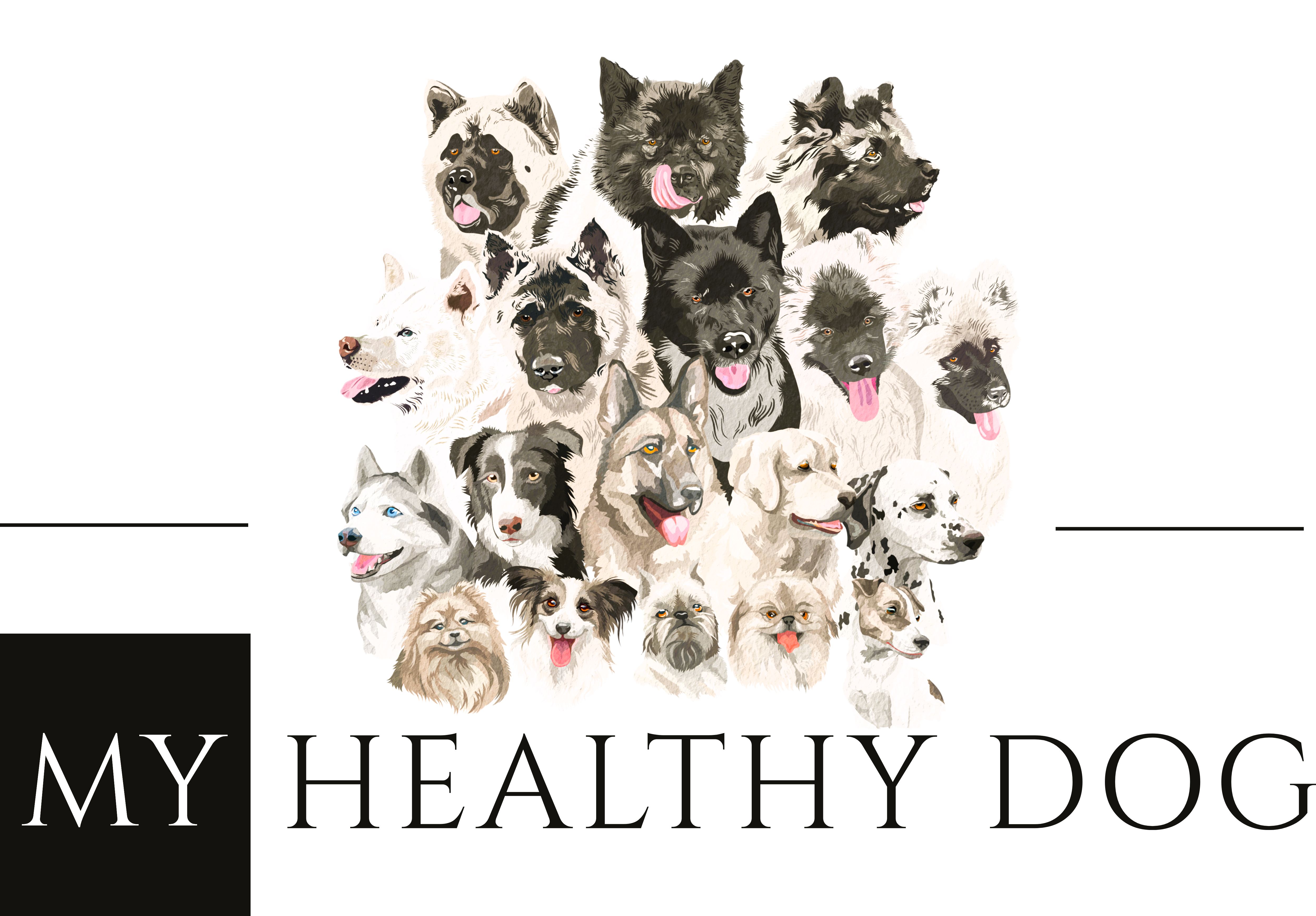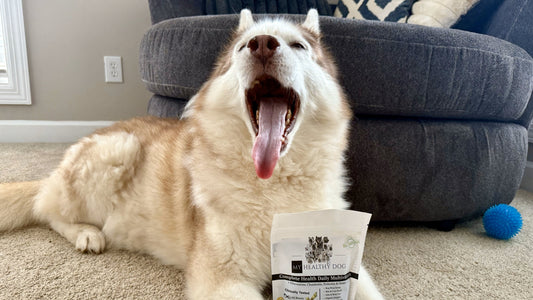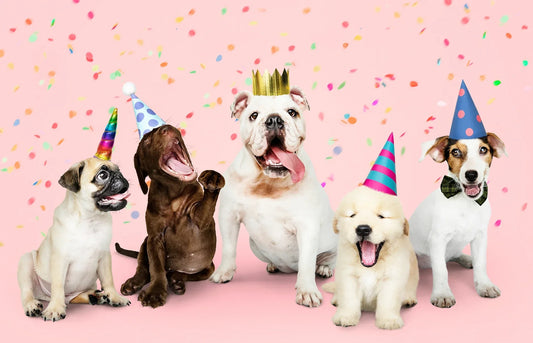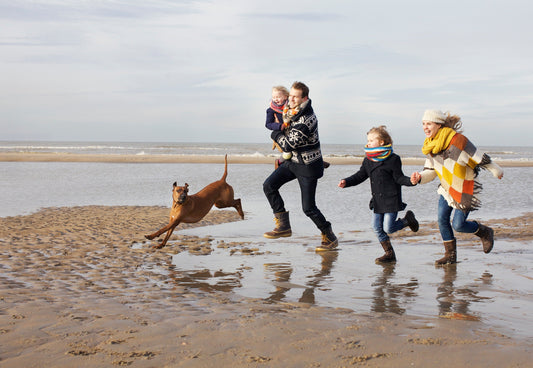The Harrier, a lively and sturdy scent hound, is known for its boundless energy and keen sense of smell. Bred for hunting hares and foxes, this medium-sized dog excels in tracking and has a friendly, outgoing nature that makes it a great companion for active families. This article delves into the detailed origins, striking appearance, and character traits of the Harrier, along with essential care tips to ensure these spirited dogs lead healthy, fulfilling lives.
Breed Summary
Origin and History
The Harrier's origins trace back to medieval England, where they were bred for their hunting prowess. The breed is believed to be a mix of Bloodhounds, Basset Hounds, and Talbot Hounds, carefully selected to create a dog that could keep up with the chase over long distances. Harriers were primarily used to hunt hares, hence their name, but they also proved effective in tracking foxes. Over time, they became popular among hunters for their stamina, keen nose, and ability to work in packs.
Appearance
Harriers are medium-sized dogs, standing between 19 to 21 inches tall at the shoulder and weighing between 45 to 60 pounds. They have a strong, muscular build that reflects their endurance and agility. The Harrier's coat is short and dense, typically tricolored with black, tan, and white, or bicolored with combinations of lemon, red, and white. Their ears are long and floppy, and they have a distinctive, alert expression with bright, inquisitive eyes.
Temperament
Harriers are known for their friendly and outgoing nature. They are highly social dogs that get along well with children, other dogs, and even strangers. Their pack-hunting background makes them excellent team players, and they thrive on companionship. Harriers are also intelligent and independent, traits that can sometimes translate into stubbornness. Early training and socialization are essential to harness their energy and intelligence into positive behaviors.
Health Outlook
The Harrier has a relatively robust health profile with a lifespan of 10 to 12 years. However, like all breeds, they are prone to certain health issues, including hip dysplasia and ear infections. Common skin and hair conditions, such as dry, itchy skin, can also affect Harriers. Using a premium dog shampoo designed to moisturize and protect sensitive skin can help alleviate these issues. Such shampoos offer benefits like reducing itching, maintaining a healthy coat, and preventing infections.
Nutritional Requirements
A balanced diet is crucial for the Harrier's overall health and well-being. High-quality dog food rich in protein and low in fillers is ideal. Given their active nature, Harriers benefit from a diet that supports their energy levels and maintains lean muscle mass. Including a complete multivitamin in their diet can ensure they receive all the necessary nutrients, supporting their immune system, joint health, and overall vitality.
Exercise Requirement
Harriers are high-energy dogs that require ample exercise to stay happy and healthy. Daily walks, combined with playtime and opportunities to run in a secure area, are essential. Engaging in activities like hiking, agility training, or scent work can also provide mental and physical stimulation. Without sufficient exercise, Harriers can become bored and potentially develop destructive behaviors.
Pros and Cons of Owning a Harrier
Pros:
- Friendly and sociable, excellent with children and other dogs.
- Energetic and playful, great for active families.
- Intelligent and trainable with the right approach.
Cons:
- Requires a significant amount of exercise and mental stimulation.
- Can be stubborn and independent, needing consistent training.
- Prone to certain health issues, including hip dysplasia and ear infections.
Space Requirements
While Harriers can adapt to various living environments, they do best in homes with access to a yard or ample space to roam. Their energy levels and love for the outdoors make them better suited to houses rather than apartments, though they can adapt to apartment living if given enough exercise.
Suitability for Elderly
The Harrier's high energy level may be challenging for elderly owners unless they lead an active lifestyle. However, with adequate exercise and a well-fenced yard, they can be a delightful companion for those who enjoy outdoor activities.
Suitability for Kids
Harriers are excellent with children due to their friendly and playful nature. They are patient and enjoy the company of kids, making them a great addition to a family. Supervision is always recommended to ensure harmonious interactions, especially with younger children.
Cost
The cost of a Harrier puppy can range from $1,000 to $2,500, depending on the breeder's reputation and the lineage of the pup. Additional costs include food, grooming, healthcare, and training.
What Should the Owner Be Like?
Owners of Harriers should be active, patient, and committed to providing the necessary exercise and mental stimulation. They should be prepared for regular training sessions and socialization to manage the breed's independence and energy.
Fun Facts
- Harriers are often described as "Beagles on steroids" due to their similar appearance but larger size and greater stamina.
- The breed's name, "Harrier," is derived from the Norman French word "harier," meaning hound or dog.
Conclusion
The Harrier is a spirited and loving breed that brings energy and joy to any household. With their friendly nature, intelligence, and boundless enthusiasm, they make excellent companions for active families. While they come with some challenges, particularly in terms of exercise and training, the rewards of owning a Harrier are immense. For those who appreciate a lively and loyal canine friend, the Harrier is a perfect match.
Are you familiar with the Harrier or have this wonderful breed in your family?
Share your stories in the comments!
Share the Article with friends!





